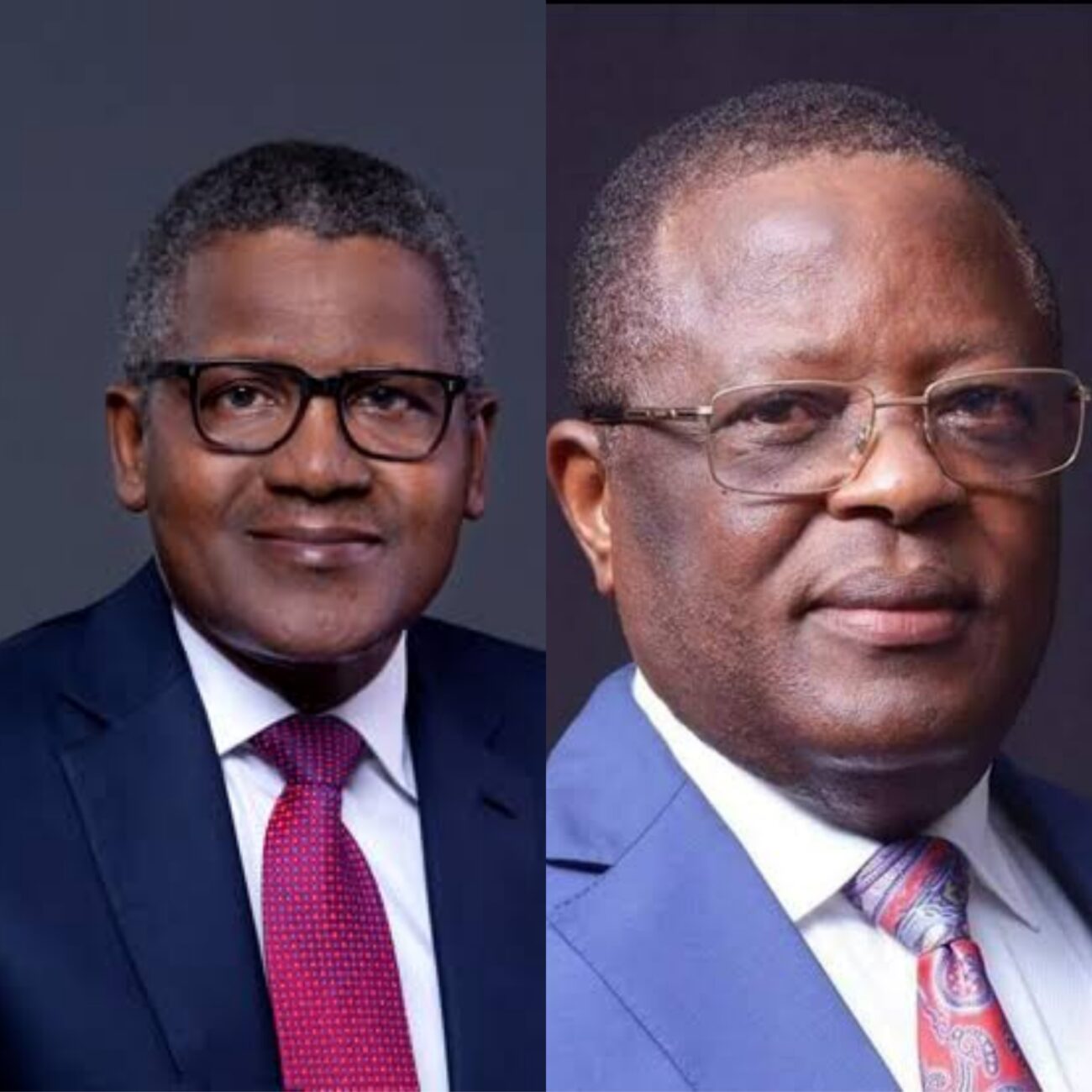The Federal Government has announced plans to construct an 80-metre span bridge in front of the Dangote Refinery as part of Section 2 of the Lagos-Calabar Coastal Highway project.This development aims to ensure seamless movement of trucks accessing the refinery without obstruction.The Minister of Works, David Umahi, disclosed this during the Lagos-Calabar Coastal Highway stakeholder meeting in Lagos on Sunday.He explained that the bridge was designed to facilitate efficient truck traffic in front of the Dangote Refinery, enhancing logistics and reducing congestion in the area.“When we move to Section 2 of the Lagos-Calabar Coastal Road, we are confronted with the beautiful project of the Lekki Free Zone.We have to pass in front of the Dangote Refinery, so we have come to design an 80-metre span bridge over that section to allow seamless truck movement without any obstruction,” Umahi stated.The Minister also noted that the design took into consideration existing infrastructure and environmental factors. According to him, the government avoided routing the road through Navy land and navigated around a school to minimize disruptions.The Minister of Works also provided an update on the progress of Section 1 of the Lagos-Calabar Coastal Road within Lagos.He disclosed that Section 1, spanning 47.47 kilometres and ending at Eleko Junction—the starting point of Section 2—commenced construction by Hitech in March 2024. He added that 30 kilometres of this section are expected to be ready for commissioning by May 2025, showcasing significant progress so far.Umahi highlighted challenges encountered during the construction, revealing that over 10 kilometres of Section 1 were covered with topsoil, which had accumulated from years of refuse dumping. As a result, the contractor had to excavate up to 10 metres and then sand-fill back to ground level before proceeding to the desired elevation.Due to the need for ground settlement, the federal government and the contractor agreed to temporarily halt work on the affected parts. However, Umahi noted that settlement tests had recently been conducted, achieving 100 percent stability, which provided the go-ahead to proceed with the construction.While he stated that 30 kilo metre of the 47.47 kilo metre would be ready for commissioning by President Bola Tinubu in May, he added that the remaining 17.47 kilo metre had been fully sand-filled up to Eleko Junction.In a related development the Controller of Works, Lagos, Eng Keisha Korede explained that payment of compensation on properties on the Right of Way (RoW) is ongoing. She also noted other minor complaints that the contractor encountered in the course of executing the job.She said: “Aside from the payment of compensation on properties, another major challenge is that of the Lekki Free Zone, which falls within Phase I, Section II measuring 55.77 kilometres in length. The contractor promised to deliver this section of the road by May, 2025”.Umahi also took time to settle the conflict involving stakeholders, namely, the Lekki Free Trade and the Lagos Free Trade Zones to enable the contractors to have unhindered access for the construction of the road.According to the Minister, who narrated the outcome of the meeting in an interview with newsmen, the Lekki and Lagos Free Zone Companies requested compensation on their properties that will be affected by the ongoing construction, additional flyovers, points for water discharge, solar lights and lots more. He pledged to address the requests within the available shorted time, adding that they would be compensated for the properties being affected. He, however, advised them to leverage on one of the Federal Government’s water discharge points into the lagoon, where solar lights will be provided, as well as the incorporation of an additional two (2) interchanges to the initial design.
Fed Govt set to build 80-metre bridge at Dangote Refinery for easy truck movement

